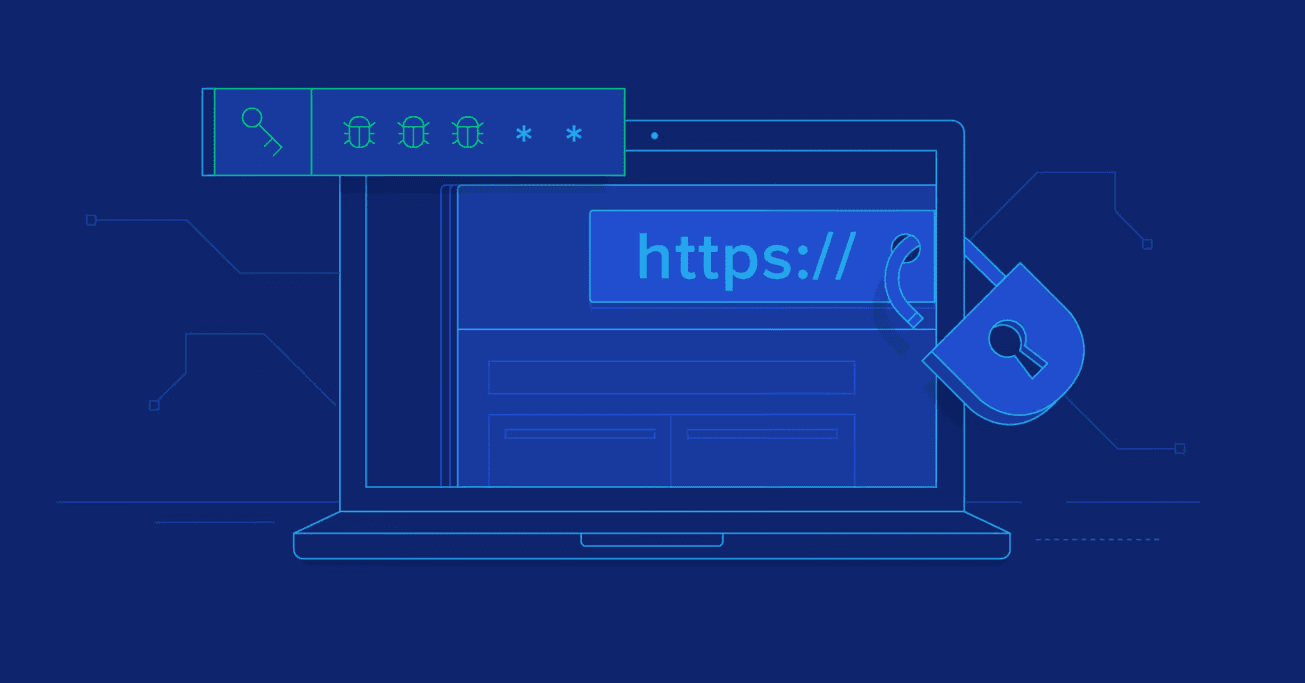Safeguarding the Digital Realm: A Comprehensive Guide to Web Security
In today's digital age, where nearly every aspect of our lives has migrated to the online world, web security has become paramount.

From personal information to financial data, we entrust the internet with a treasure trove of sensitive information. This makes protecting our online presence and data more critical than ever before. In this comprehensive guide to web security, we will delve into the key concepts, best practices, and evolving threats in the realm of web security.
Understanding Web Security
Web security, often referred to as cybersecurity, encompasses a range of practices, technologies, and strategies designed to protect web-based systems, websites, and web applications from various threats and vulnerabilities. These threats can include:
-
Malware: Malicious software such as viruses, worms, and ransomware that can infect your website and compromise data.
-
Phishing: Deceptive attempts to steal sensitive information like passwords and credit card details through fraudulent emails or websites.
-
DDoS Attacks: Distributed Denial of Service attacks that flood a website with traffic to overwhelm its servers and make it inaccessible.
-
SQL Injection: Exploiting vulnerabilities in a website's code to gain unauthorized access to its database.
-
Cross-Site Scripting (XSS): Injecting malicious scripts into web pages viewed by other users, potentially compromising their data.
-
Brute Force Attacks: Repeatedly trying different combinations of usernames and passwords to gain access to an account.
Now, let's explore some crucial web security practices to protect against these threats.
-
Use HTTPS: Ensure your website uses the HTTPS protocol, which encrypts data transmitted between the user's browser and your server, safeguarding it from interception.
-
Regular Software Updates: Keep your web server, content management system (CMS), plugins, and other software up-to-date. Many security breaches occur due to outdated software with known vulnerabilities.
-
Strong Authentication: Implement multi-factor authentication (MFA) for user accounts. This adds an extra layer of security beyond passwords.
-
Robust Password Policies: Enforce strong password policies for user accounts, requiring a combination of letters, numbers, and special characters.
-
Web Application Firewalls (WAFs): Employ WAFs to filter out malicious traffic, protect against DDoS attacks, and detect and block common web application vulnerabilities.
-
Regular Backups: Regularly back up your website and data. In the event of a breach, having a clean backup can help you restore your site.
-
Security Audits and Penetration Testing: Periodically assess your website's security by conducting security audits and penetration tests to identify vulnerabilities and fix them proactively.
-
Educate Your Team and Users: Train your team and users on best practices for web security. Educated users are less likely to fall victim to phishing and other social engineering attacks.
Emerging Trends and Challenges
Web security is an ever-evolving field, and staying ahead of the curve is essential. Some of the emerging trends and challenges in web security include:
Artificial Intelligence and Machine Learning: Both defenders and attackers are using AI and ML for cybersecurity. AI can help identify threats in real-time, while attackers can use it to automate attacks.
IoT Vulnerabilities: The growing use of Internet of Things (IoT) devices poses new security challenges, as these devices can be vulnerable to attacks and serve as entry points into networks.
Zero Trust Security: The traditional perimeter-based security model is evolving into a zero-trust approach, where trust is never assumed, even within the network.
Supply Chain Attacks: Attackers are increasingly targeting the software supply chain to compromise widely used applications and libraries.
Conclusion
Web security is not a one-time effort but an ongoing commitment to safeguarding your online presence and data. As the digital landscape continues to evolve, so too do the threats and best practices for defense. By implementing robust security measures, staying informed about emerging threats, and educating your team and users, you can navigate the digital realm with confidence and protect what matters most. Remember, in the world of web security, vigilance is key.